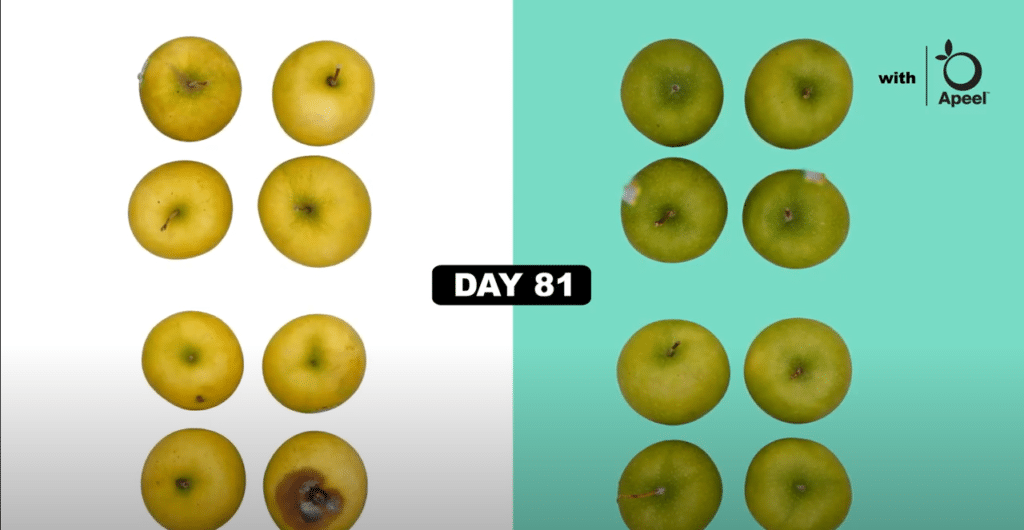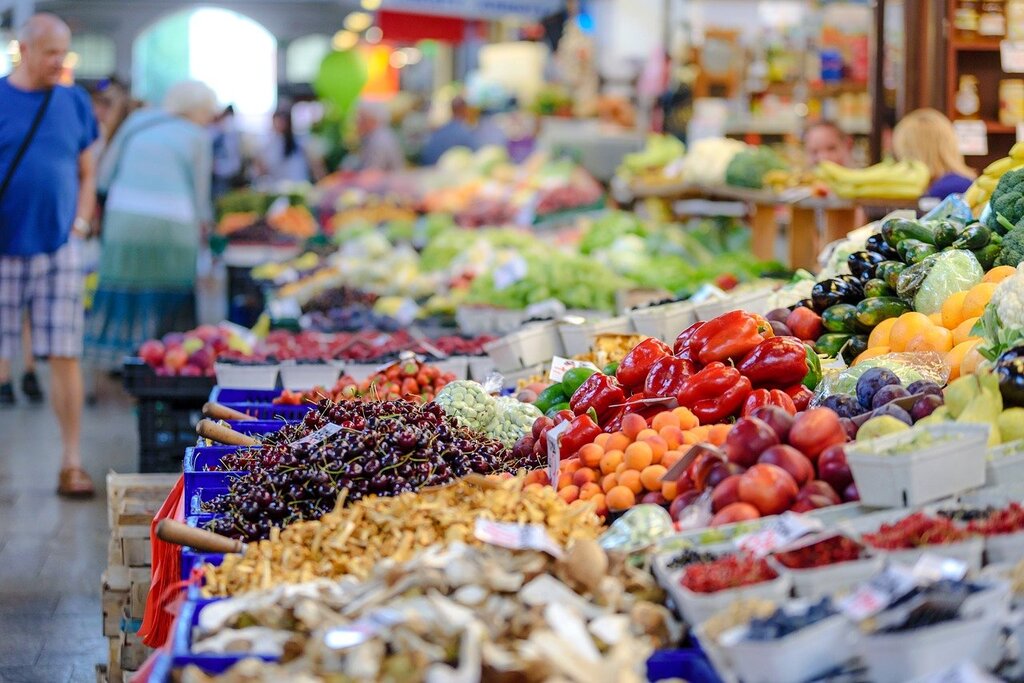Food waste is a global issue that was further brought to light by the COVID-19 pandemic. As the world searches for solutions for food waste, new technologies are emerging to combat this problem during every stage of the food supply chain.
—
The COVID-19 pandemic has disrupted almost every aspect of life — and evidence suggests that global food waste and loss levels have increased as a result. This problem was mainly due to pandemic lockdowns. People could not leave their homes to buy essential items, especially groceries, while great amounts of food are forced to be disposed of due to supply chain issues.
Thankfully, some emerging technologies are becoming crucial tools and solutions for food waste and loss, not to mention improving access to food worldwide. This is especially important in bringing fresh, healthy items from farms to the table.
Food can be lost throughout its entire production process, whether during processing or distribution. However, it should be noted that more than 80% of waste comes from grocery stores, restaurants and homes.
Here’s some of the emerging technological solutions for food waste while traveling through the supply chain.
The 5 Stages in the Food Supply Chain
There are five main stages to the food supply chain, and technology can play a pivotal role in reducing waste during each step.
- Production
The way food is produced, especially fresh fruits and vegetables, can impact how much waste is generated. For example, Apeel is one California-based company that has introduced a new way to reduce food waste by using plant-based protective coatings to protect produce, which makes it last much longer. The layer is invisible and edible, making it safe for consumption.

Producers have been using wax to coat fruits for years. This tech innovation can help producers, and retailers later on the chain, to avoid throwing out unusable produce and extend the product’s shelf-life.
- Processing
Next, food enters the processing stage of the supply chain. This is the stage in which peanut butter is made from peanuts and milk is turned into ice cream or cream cheese. Food quality is reviewed during this time. Sometimes, “ugly” or misshapen foods are thrown away, as consumers wouldn’t normally buy these low-quality items.
InStock is a restaurant in the Netherlands dedicated to serving oddly shaped foods to individuals who don’t care about its appearance. It rescues foods from producers, growers and packaging companies and gives wonky-looking produce a second chance.

Additionally, Full Harvest is a company offering a marketplace where growers link with food companies to offload surplus or “ugly” produce. This is critical in avoiding food waste during the processing stage before it even has a chance to feed someone in need.
- Distribution
The distribution stage is when food is transported to retailers. Distributors bring food from processors to stores and serve as the critical link between the two. The ultimate goal is to deliver food and take the most optimised route to prevent spoilage.
In Ghana, the Cheetah app has been revolutionary for the agricultural sector. It’s designed to provide insights into the food supply chain journey. Essentially, it shows farmers, traders and transporters the best routes to market, making it less time-consuming and less likely food will spoil when making its way to a retailer or local market.
You might also like: 20 Facts About Food Waste
- Retailer
The retail step of the supply chain refers to grocery stores, supermarkets and restaurants. These retailers often compete to gain customer loyalty and showcase why their products are superior to their competitors.
Properly storing and tracking food is crucial in the effort to reduce food waste. Many grocers use expiration date tracking software to better manage their inventory and prevent spoilage.
Finale Inventory is an example of one such company with inventory management software that particularly targets the food and beverage industry. They use a cloud-based inventory management approach that allows users to monitor their stock across multiple locations using one centralised programme. With this type of integration, users can access accurate stock quantities no matter their location, better ensuring their supply doesn’t exceed market demand.
Several UK retailers have also adopted another new piece of tech created by Israeli startup Wasteless. Wasteless consists of a series of small screens integrated with artificial intelligence (AI). According to its website, Wasteless is helping food retailers recapture the full value of their perishable produce and reduce waste by using data-driven, dynamic pricing markdowns, attracting more customers to buy items at the store.
- Consumer
The consumer stage marks the end of the food supply chain. The COVID-19 pandemic reshaped some people’s food spending habits for the better. Some are now more attentive to how much their household produces waste.
Some technology that can help further reduce the average household’s food consumption and waste are innovative apps like Fridgely, the USDA’s Foodkeeper and Fridge Pal.
- Fridgely: Consumers can benefit from using the Fridgely app, which tracks when certain foods will expire and alerts consumers so they can eat them before going bad.
- FoodKeeper: This app is all about food safety. It helps consumers understand food and beverages storage so items bought from grocery stores or markets can be kept fresh for longer periods.
- Fridge Pal: Like the other two apps, Fridge Pal can help with food inventory management and recipes and lets consumers know when products will expire.

Americans throw out tons of food before it expires. More than USD$29 billion worth of edible food is tossed every year — it’s time to use innovative technology to put an end to these high amounts of waste.
Finding Solutions for Food Waste Must Be a Priority
Because of the effects of the global pandemic, it’s no surprise that experts are reevaluating the nature of our current food systems. People around the globe are suffering from food insecurity and a lack of access to nutritious items, and it’s worth looking into why this issue is so prevalent.
The pandemic shone a light and exacerbated some of the problems associated with food insecurity. The ultimate goal is to bring down waste levels significantly. It’s nearly impossible to eradicate this problem, but the benefits of reducing waste are well worth the time, effort and money.
Featured image by: Pixabay


















